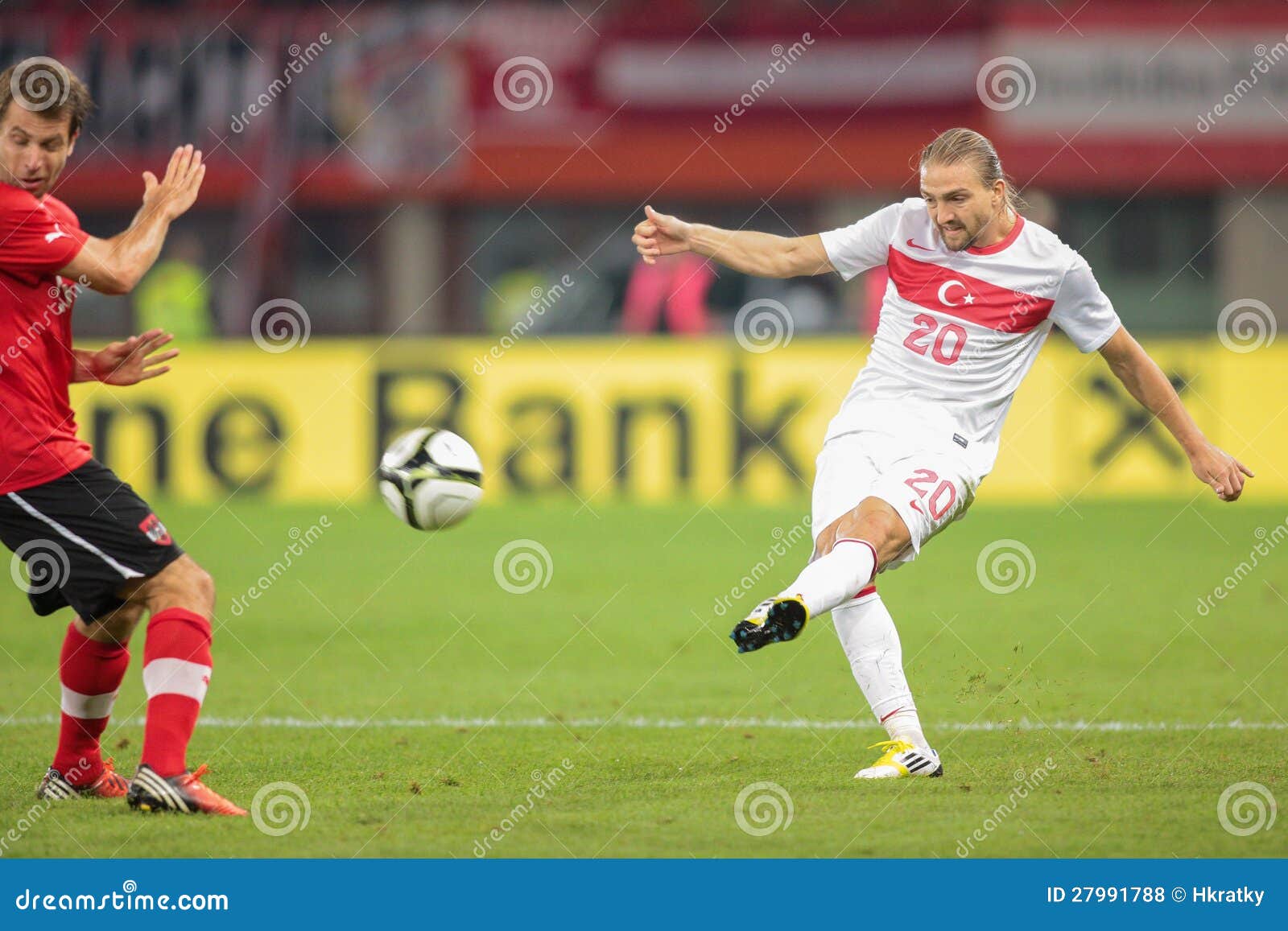Historical and Cultural Context

Austria vs türkiye – The relationship between Austria and Türkiye spans centuries, marked by both cooperation and conflict. In the 16th century, the Ottoman Empire laid siege to Vienna, shaping the city’s architectural landscape and leaving a lasting cultural imprint.
In the realm of football, the rivalry between Austria and Türkiye is a tale of passion and intensity. But amidst the heated competition, there’s a hidden realm where the mundane transforms into the extraordinary. Like the night circus , where illusions and wonders intertwine, the Austria-Türkiye match transcends the pitch, becoming a spectacle of athleticism and artistry.
Cultural Similarities and Differences
Despite their geographical distance, Austria and Türkiye share some cultural similarities, including a strong emphasis on music and the arts. However, their cultural differences are also apparent, such as the influence of Catholicism in Austria and Islam in Türkiye.
Migration and Diaspora
Migration has played a significant role in shaping the relationship between Austria and Türkiye. In the 1960s and 1970s, many Turkish guest workers came to Austria, forming a large diaspora community. This has contributed to the cultural exchange between the two countries and has fostered a sense of belonging among Turkish-Austrians.
Political and Economic Relations

Austria and Türkiye have established diplomatic relations since 1783. The two countries enjoy cordial political ties, fostered through regular high-level visits and cooperation in international fora.
Austria is a strong advocate for Türkiye’s EU membership and supports its efforts to align with European standards. Türkiye, in turn, values Austria’s role as a bridge between Europe and the Middle East.
Economic Ties
Austria and Türkiye have a robust economic relationship. Bilateral trade has grown steadily in recent years, with Austria being one of Türkiye’s top trading partners in the EU.
- Key exports from Austria to Türkiye include machinery, vehicles, and pharmaceuticals.
- Türkiye primarily exports textiles, agricultural products, and automotive parts to Austria.
Austrian companies have significant investments in Türkiye, particularly in the automotive, energy, and tourism sectors.
Tourism is another important aspect of the economic relationship. Austria is a popular destination for Turkish tourists, while Türkiye is becoming increasingly popular among Austrian travelers.
Role of the European Union
The European Union plays a significant role in shaping the relationship between Austria and Türkiye.
- Austria, as an EU member state, supports the EU’s common policies towards Türkiye, including its accession process.
- Türkiye, as an EU candidate country, is committed to meeting the EU’s political and economic criteria.
The EU provides a framework for cooperation between Austria and Türkiye in various areas, including trade, energy, and environmental protection.
Social and Cultural Exchange: Austria Vs Türkiye

Austria and Türkiye share a rich history of social and cultural exchange. The two countries have been interacting for centuries, and this has left a lasting impact on both cultures.
One of the most visible examples of Austrian influence on Turkish culture is in the realm of music. In the 19th century, the Austrian composer Johann Strauss II became a huge star in Türkiye, and his music continues to be popular there today. Strauss’s waltzes and operettas have had a significant impact on Turkish classical music, and many Turkish composers have adopted his style.
Another area where Austrian culture has had a major influence on Türkiye is in the field of architecture. In the 19th and 20th centuries, many Austrian architects worked in Türkiye, and they helped to shape the look of many Turkish cities. The most famous example of Austrian architecture in Türkiye is the Dolmabahçe Palace in Istanbul, which was built in the 19th century by the Austrian architect Anton von Hanke.
Conversely, Turkish culture has also had a significant impact on Austria. The most visible example of this is in the realm of cuisine. Turkish food is very popular in Austria, and many Austrian restaurants serve Turkish dishes. Turkish coffee is also very popular in Austria, and it is often served in Viennese cafes.
In addition to music, architecture, and cuisine, there are many other areas where social and cultural exchange has taken place between Austria and Türkiye. These include education, art, and literature. The two countries have a long history of cooperation in these areas, and this has helped to foster mutual understanding and respect.
Role of Media, Education, and Arts, Austria vs türkiye
The media, education, and arts have played a major role in promoting cultural exchange between Austria and Türkiye. The media has helped to raise awareness of the two countries’ cultures, and it has also provided a platform for cultural exchange. Education has also played a vital role, as it has helped to create a generation of Austrians and Turks who are knowledgeable about each other’s cultures. Finally, the arts have helped to bridge the gap between the two cultures, as they have provided a common ground for people from both countries to come together and share their experiences.
Austria and Türkiye, two nations with a rich history and distinct cultures, have faced off in various arenas, including the football pitch. Their rivalry on the field is a testament to their competitive spirit and the passion of their fans.
For an in-depth analysis of their encounters, visit austria vs türkiye , where you can delve into the statistics, key moments, and the impact of these matches on both teams.